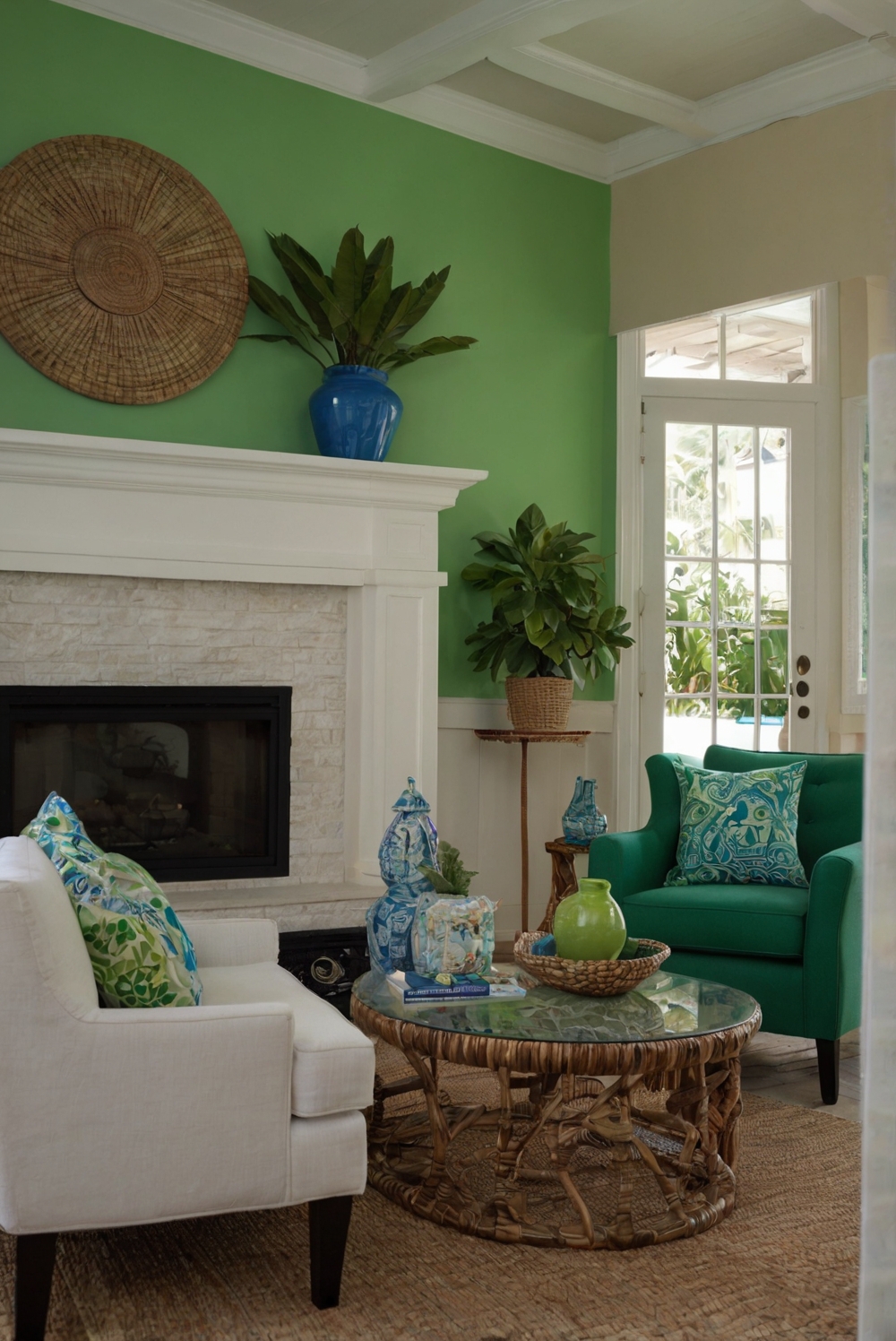Discover the ideal color temperature for your bulbs to set the perfect ambiance. Join us for a daily interior designer routine featuring decor tips.
**
What Color Temperature Should Your Bulbs Have for Ambiance?
**
Answer:
Choosing the right color temperature for your bulbs is crucial in setting the ambiance of your home. For a cozy and inviting atmosphere, opt for warm color temperatures between 2700K to 3000K. These temperatures mimic the soft glow of traditional incandescent bulbs and work well in living rooms, bedrooms, and dining areas. If you want a more energizing vibe, consider cool white bulbs with temperatures of 3500K to 4100K for areas like kitchens or home offices.
It’s important to match the color temperature with the function of the room; warm tones are better for relaxation spaces while cooler tones are suitable for task-oriented areas. Experiment with different temperatures to find what suits your home decor best.
What Color Temperature Should Your Bulbs Have for Ambiance?
Color temperature is a crucial factor in creating the desired ambiance in your living space. The right color temperature can enhance the mood, improve productivity, and even affect your overall well-being. When choosing the color temperature for your bulbs, consider the following factors:
1. Understand the Basics:
Color temperature is measured in Kelvin (K) and ranges from warm to cool tones. Lower Kelvin values (2000K-3000K) produce warm light similar to candlelight, while higher Kelvin values (4000K-6000K) create cooler, bluer tones.
2. Match the Ambiance:
For a cozy, intimate atmosphere in bedrooms and living rooms, opt for warm white bulbs (2700K-3000K). For kitchens, offices, and task-oriented spaces, choose neutral or cool white bulbs (3500K-5000K) to promote alertness and focus.
3. Consider the Time of Day:
Adjust the color temperature based on the time of day to mimic natural light. In the morning and during the day, use cooler tones to energize and boost productivity. In the evening, switch to warmer tones to create a relaxing environment.
Additional Tips:
4. Experiment with Dimmers: Dimmable bulbs allow you to adjust the brightness and color temperature to suit different activities and moods.
5. Choose Smart Bulbs: Smart bulbs offer customizable color temperature settings that can be controlled remotely using a smartphone or voice commands.

